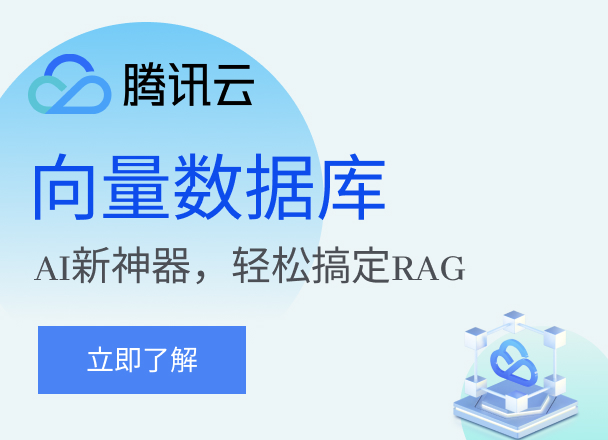在多个django模板文件中显示相同html块的最佳干式方法
关联问题
换一批
在多个Django模板文件中显示相同HTML块的最佳实践方法是使用Django的模板继承功能。模板继承允许您创建一个基础模板,其中包含共享的HTML块,然后在其他模板中继承该基础模板并添加特定的内容。
以下是实现这一目标的步骤:
- 创建一个基础模板(base.html),其中包含共享的HTML块。这些HTML块可以使用Django的模板语法进行定义和渲染。例如,可以使用{% block %}标签定义一个可替换的块,如下所示:
<!DOCTYPE html>
<html>
<head>
<title>My Website</title>
</head>
<body>
<header>
<h1>Welcome to my website</h1>
</header>
<div class="content">
{% block content %}
{% endblock %}
</div>
<footer>
<p>© 2022 My Website. All rights reserved.</p>
</footer>
</body>
</html>在上面的示例中,{% block content %}和{% endblock %}之间的内容是可替换的块。
- 在其他模板文件中继承基础模板,并在需要显示共享HTML块的位置使用{% extends %}和{% block %}标签。例如,假设我们有一个名为home.html的模板文件,需要显示共享HTML块的内容,可以这样编写:
{% extends 'base.html' %}
{% block content %}
<h2>Welcome to the home page</h2>
<p>This is the content specific to the home page.</p>
{% endblock %}在上面的示例中,{% extends 'base.html' %}指定了要继承的基础模板,{% block content %}和{% endblock %}之间的内容将替换基础模板中的{% block content %}块。
通过使用模板继承,您可以在多个模板文件中共享相同的HTML块,同时保持代码的可维护性和可扩展性。
推荐的腾讯云相关产品和产品介绍链接地址:
- 腾讯云服务器(CVM):提供高性能、可扩展的云服务器实例,适用于各种应用场景。详情请参考:腾讯云服务器
- 腾讯云对象存储(COS):提供安全、稳定、低成本的云端存储服务,适用于存储和处理各种类型的数据。详情请参考:腾讯云对象存储
请注意,以上推荐的腾讯云产品仅供参考,您可以根据具体需求选择适合的产品。
相关·内容
扫码
添加站长 进交流群
领取专属 10元无门槛券
手把手带您无忧上云



 云服务器
云服务器 ICP备案
ICP备案 云直播
云直播 对象存储
对象存储 实时音视频
实时音视频
